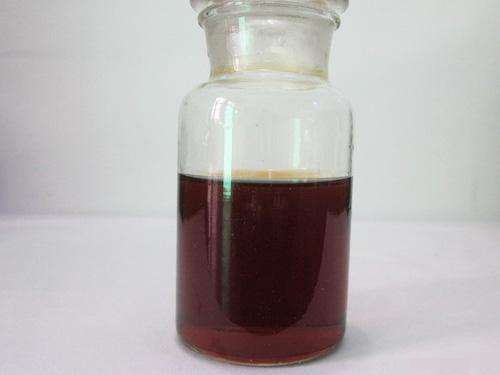Exploring the Impact of PBTCA in Modern Chemical Applications
The Role of PBTCA in Modern Water Treatment Solutions
In the evolving landscape of water treatment, the demand for efficient and effective solutions has never been more critical. One such chemical that has gained prominence in recent years is 1-Hydroxyethylidene-1,1-Diphosphonic Acid, commonly known as PBTCA. This phosphonate compound plays a vital role in various applications, particularly in water treatment and industrial processes, due to its unique properties and versatility.
Understanding PBTCA
PBTCA is a highly effective chelating agent that can bind with metal ions, thereby preventing scale formation and corrosion in water systems. Its molecular structure consists of multiple phosphonic acid groups that enable it to interact with metals such as calcium, magnesium, and iron. This capability makes PBTCA particularly valuable in industrial settings where water quality is paramount.
Applications of PBTCA
1. Scale Inhibition One of the most significant advantages of PBTCA is its ability to inhibit scale formation. In boiler systems, heat exchangers, and cooling towers, the presence of hard water can lead to the precipitation of mineral scales, which can severely impact the efficiency and lifespan of equipment. PBTCA's chelating properties help keep these mineral ions in solution, thereby preventing scale deposits.
2. Corrosion Control Corrosion is a major concern in many industrial processes, leading to equipment failure and costly downtime. PBTCA acts as a corrosion inhibitor by forming a protective layer on metal surfaces, reducing the rate at which oxidation occurs. This characteristic is particularly beneficial in closed-loop systems where water is continuously reused.
3. Enhanced Cleaning Performance In addition to its protective roles, PBTCA is also utilized within cleaning formulations. Its ability to sequester metal ions allows for more effective cleaning in a variety of scenarios, from household products to heavy-duty industrial cleaners. By preventing metal ions from reacting with surfactants, PBTCA enhances the overall cleaning efficiency.
pbtca

4. Stabilization of Bleach and Chlorine PBTCA can stabilize bleach and chlorine solutions, preventing the degradation of these chemicals during storage and usage. This stabilization ensures that the disinfecting properties of bleach and chlorine are maintained, which is crucial in various applications, including municipal water treatment and swimming pool maintenance.
Environmental Aspects
In an age where environmental sustainability is a pressing issue, PBTCA offers several advantages. Unlike other phosphonate compounds that may contribute to eutrophication in water bodies, PBTCA is biodegradable and presents a lower environmental risk when used in appropriate concentrations. This characteristic is increasingly important as industries strive to minimize their ecological impact.
Conclusion
The utilization of PBTCA in water treatment and industrial processes underscores its significance in maintaining system efficiency and safety. Its multifunctional properties as a scale inhibitor, corrosion protector, cleaning enhancer, and stabilizer make it a valuable component in various sectors, including manufacturing, energy production, and municipal services.
As industries continue to face challenges related to water quality and sustainability, PBTCA stands out as a solution that not only meets operational needs but also aligns with environmental goals. The ongoing research and development surrounding PBTCA and similar compounds indicate a promising future for innovative water treatment solutions, driving advancements that are essential for both industry and the environment.
In summary, PBTCA is more than just a chemical agent; it represents a critical aspect of modern water management practices, addressing the pressing needs of today while paving the way for sustainable practices in the future. Its role in improving efficiency, increasing safety, and supporting eco-friendly operations reaffirms its importance in the toolbox of modern chemists and engineers. As we look forward, the continued exploration of PBTCA's applications may yield even more benefits, establishing it as a cornerstone in the quest for sustainable industrial practices and effective water treatment solutions.
-
Water Treatment with Flocculant Water TreatmentNewsJun.12,2025
-
Polymaleic AnhydrideNewsJun.12,2025
-
Polyaspartic AcidNewsJun.12,2025
-
Enhance Industrial Processes with IsothiazolinonesNewsJun.12,2025
-
Enhance Industrial Processes with PBTCA SolutionsNewsJun.12,2025
-
Dodecyldimethylbenzylammonium Chloride SolutionsNewsJun.12,2025





